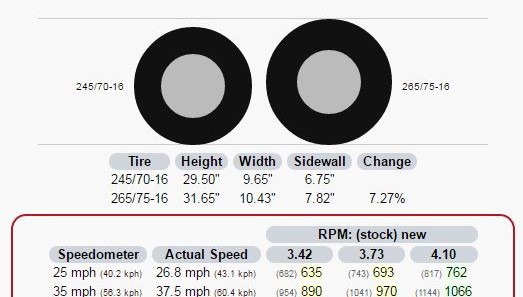

Wheel size comparison iso#
ISO 451 – It should also be mentioned that a slightly larger wheel size exists that is also normally referred to as 20″. This can further exacerbate the handling issues and allow for unwanted flex in the steering column and frame. Smaller wheels also require unique frame geometry and an extra long handlebar stem in order to provide a normal upright position for the rider. While marginally better than 16″, the 20″ wheel will still be affected by rocks and obstacles more than larger standard wheel sizes. They’re chosen by BMX riders for their maneuverability, making flatland and aerial tricks easier, but for the normal rider they still have many of the small wheel drawbacks mentioned above. This makes hill climbs considerably more difficult.Ģ0″ wheels are the standard for BMX bikes, and the most common size for “small wheel” folding bikes. Smaller wheels also require larger gear ratios to get them turning fast enough to keep up with other bikes. The turning radius and wheel base is smaller, which can result in overly sensitive steering. The handling and feeling of riding a bike with 16″ wheels will be considerably different than the full-size adult bike you’re used to. The smaller the wheel, the more it will be affected by even small debris and rocks, and potholes can swallow a 16″ wheel whole. While they are perfect for the young ones just learning to stay upright, 16″ wheels don’t fare well over bumps or rough roads. They are used on some adult folding bicycles in order to offer a compact folded size, but they sacrifice ride quality as a result. While they are most commonly found on children’s bicycles, 16″ wheels are generally the smallest bicycle wheels you’ll see on adult bikes. Why are there so many options? Why are there so many names for the same sizes? How do you know what’s best for your style of riding? It can seem like a daunting topic but we’re here to explain everything there is to know about bicycle wheel sizes. We think it is better to know for sure that you are buying the correct size tyre.There are a wide variety of wheel sizes available on bicycles today, and if you explore folding bikes, recumbents, and other specialty bikes you’ll discover even more. Many such searches will still ask you to identify your tyre size from a number of options anyway.
Wheel size comparison registration#
While it is possible to use your car registration to find your tyre size, this is unreliable and could result in you spending a lot of money on the wrong size tyre. We think everyone should be able to find and understand their tyre size. WhatTyre wants to promote tyre knowledge in the wider car tyre market. Why can’t I just put my car reg number in? The load index of 91 means it can carry a load of 615kg. Therefore, our example tyre has a maximum speed of 150mph as it has the speed rating V. Most car tyres for road use have a maximum speed between 118mph (T) and 187mph (Y). This is the fourth and final part of your WhatTyre tyre search. This tells you the maximum speed the tyre is suitable for. The number is the “load index”, or how much weight the tyre can carry. These figures show the limits of how you can use the tyre. What do the numbers and letter after the tyre size mean?Ĭongratulations! You are officially interested in tyres. The letter R means “radial” which is the way the tyre is constructed. WhatTyre’s Search By Tyre Size function currently allows you to search for tyres with rim sizes from 13 to 24. It is expressed in inches and increases in increments of 1. This number also increases in increments of 5.ġ6 is the rim size, or the diameter of the inside of the tyre. So, the profile of our example tyre is 55% of 205mm, or 112.75mm. It is commonly known as the “aspect ratio”. The number is the percentage of the width of the tyre. WhatTyre’s Search By Tyre Size function allows you to select widths between 165 and 305.ĥ5 refers to the profile of the tyre, or the distance between the wheel and the edge of the tyre, looking at it from the side. Using our example size, 205/55 R16, this is what each number means:Ģ05 is the width of the tyre tread in millimetres. Another few characters follow the size, like 91V on our example tyre. It consists of three key numbers for example, 205/55 R16. Tyre sidewalls contain a lot of information, but the size is usually quite prominent, in some of the biggest writing. You will find your tyre size on the side of your current tyres.


 0 kommentar(er)
0 kommentar(er)
